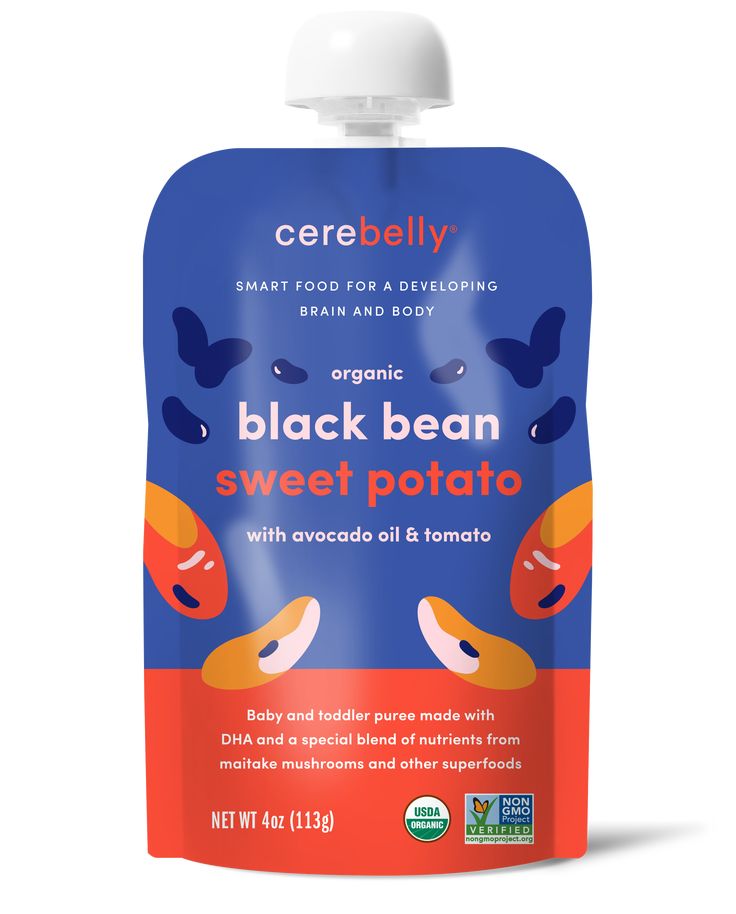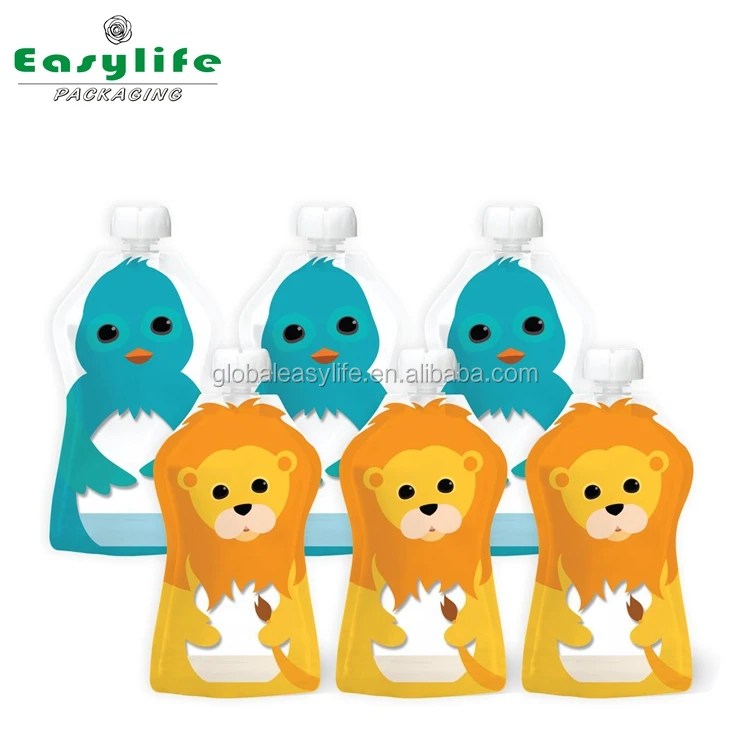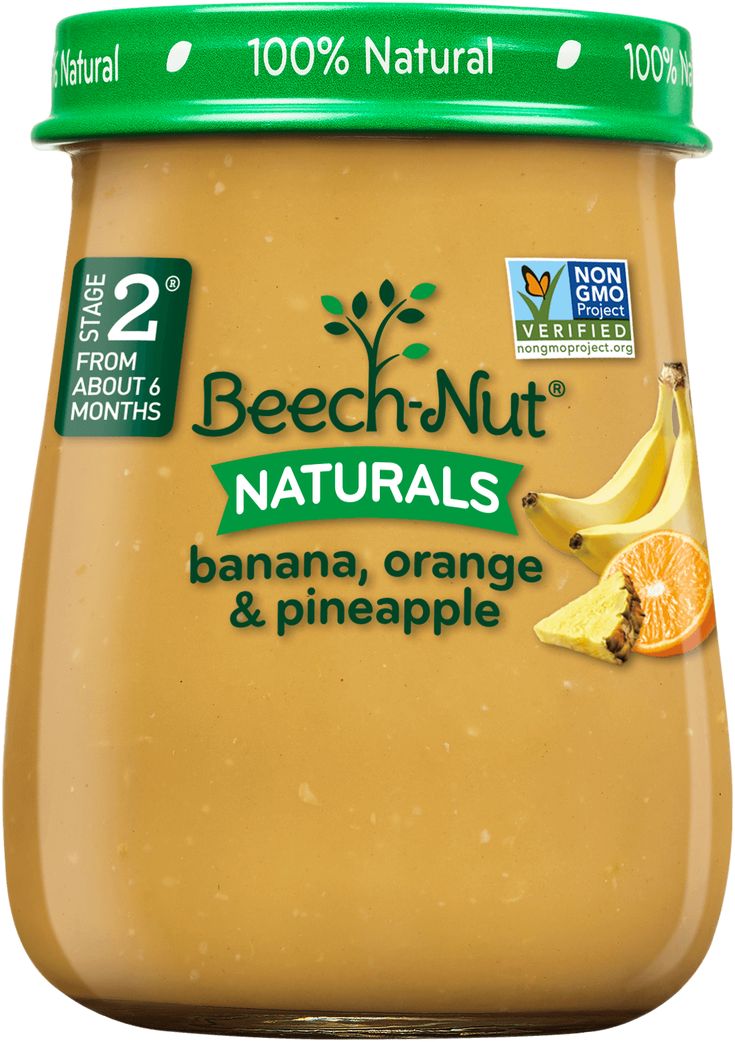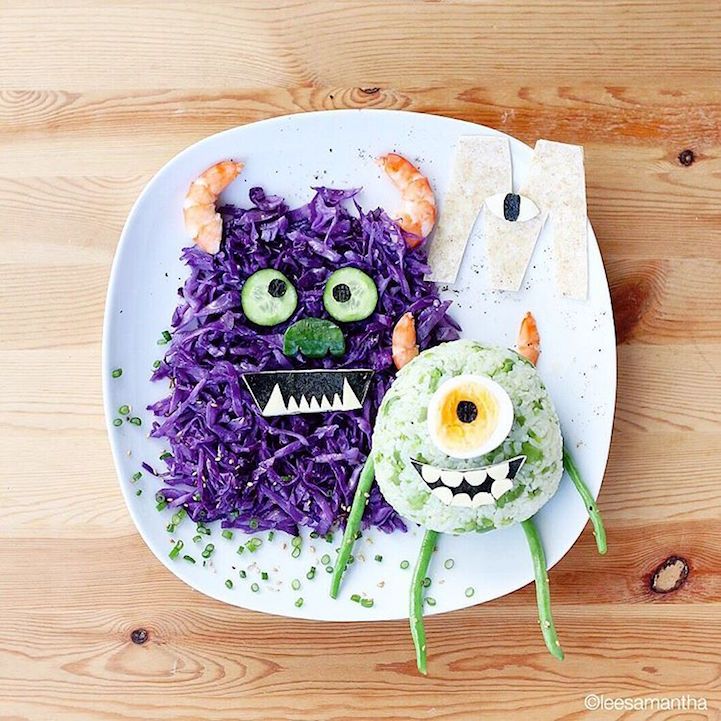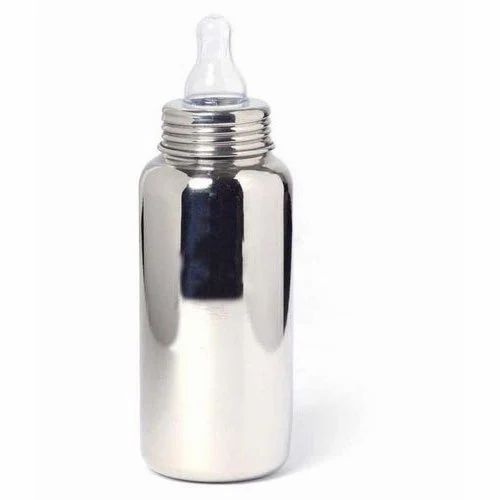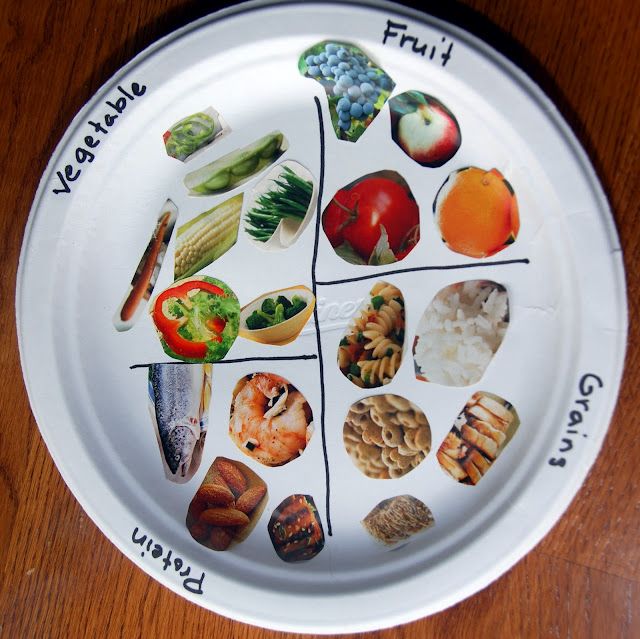Baby food with dha
DHA for Babies and Kids
DHA is an omega- 3 fatty acid. It is used to improve health in children. Found naturally in many sources, the expectant mother is the primary giver of this acid when she is pregnant. The prenatal period is a window when the baby’s brain develops with the help of the right nutrition supplied through the placenta. DHA influences the development of the brain, eyes and other primary neurological functions. It has a profound influence during the first two years of life and early stages of childhood. From birth until five years of age, the brain increases by 3.5 times its total mass and it is of critical importance that DHA is consumed in adequate amounts to support the rapid growth in the brain.
A healthy diet that provides about 600mg of DHA daily has a significant impact on the cognitive functions of the child and enhance the development of the brain and eyes. Organ meat and fatty fish are rich sources of naturally found DHA and unfortunately, these are not commonly consumed by children as they are picky eaters and prone to allergies at times. However, the growing awareness of its importance has led to its inclusion in milk, formula and other fortified foods making it easier for people of all age groups including children to obtain the benefits of this important nutrient.
What is DHA?
Docosahexaenoic acid (DHA), a part of the omega-3 fatty acid family is a long-chain polyunsaturated fatty acid often called “the healthy fats.” It has a large influence on our body as it keeps us healthy and is crucial for the optimal growth of the brain and eyes through our life. In fact, the nutrient takes centre stage when neural tissues, including vision, are being formed in the womb. DHA supports our cognitive, visual and mental faculties as we age.
What Are the Benefits of DHA for Babies and Kids?
DHA has undoubtedly gained a lot of attention and is appearing in all places from eggs, baby food to milk. Why should one care so much about this nutrient? Well, the answer is it is a beneficial fat. The role of DHA is accentuated during infancy and early years of childhood.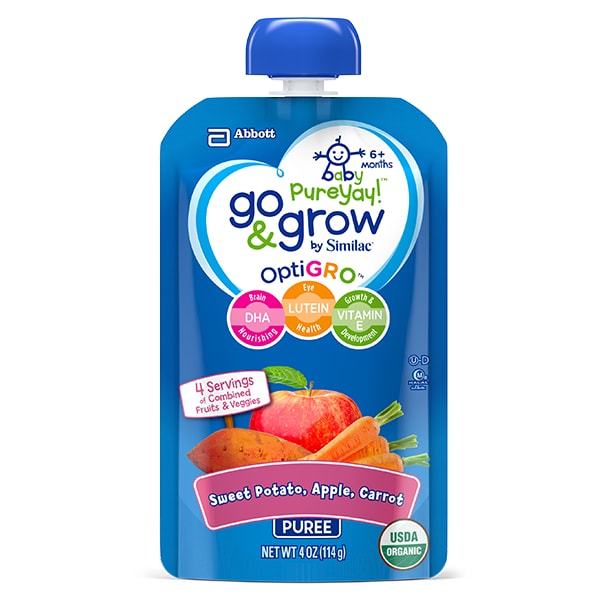
For Babies
DHA plays a key role in the structural component in the brain, eyes and nervous system. Breastmilk is high in DHA content and breastfed babies have strong mental and visual acuity.
For Kids
During the early infant years until five years of age, the brain makes rapid development and increases to about 4 times its total mass. Adequate DHA intake during these crucial years in important for optimal development and enhancement of cognitive functions. It has been researched and proven that children who have a good intake of DHA until five years of age have better IQ scores, tremendous memory, good reading skills and strong vision.
DHA deficiency could be common in children suffering from Attention Deficit Hyperactive Disorder (ADHD). In a nutshell, DHA is imperative for neurological and visual development.
While there are no guidelines for a daily DHA dosage for children, there are certain recommendations that exist for the intake of DHA plus eicosapentaenoic acid, or EPA.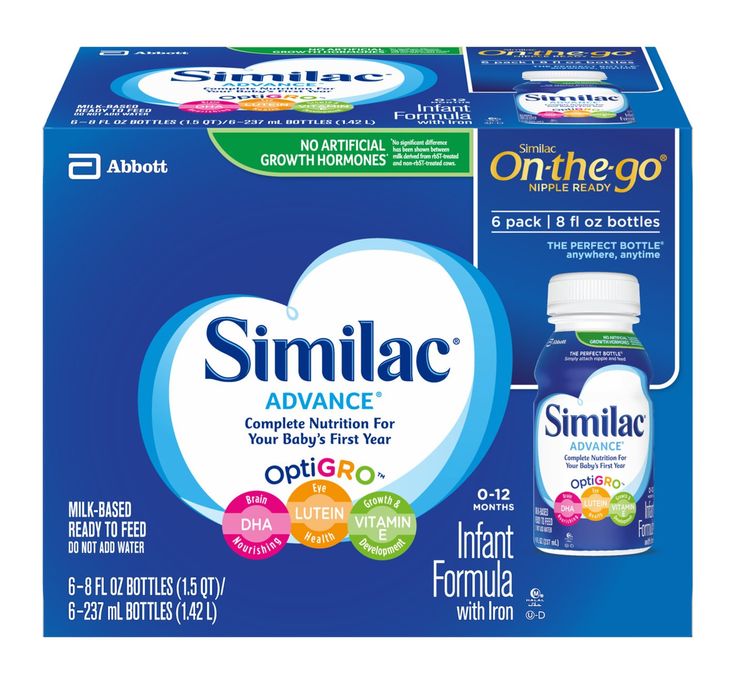
For Babies
Babies who are breastfeeding will receive most of their DHA intake from the milk. Breastmilk is known to be high on DHA content. It is advisable for mother’s to increase their intake of DHA rich food while breastfeeding, A breastfeeding mother should aim at consuming at least 600-800 milligrams of DHA in a day via natural sources or supplements.
For Kids
From the age of 1.5 years to five years of age, the DHA requirement for children is recommended as 600 milligrams of combined DHA plus EPA per day for a child weighing 20 kilograms.
DHA Rich Food for Babies and Kids
There are certain foods that are rich in DHA that you can include in your child’s diet. Here are some DHA rich foods for children of different ages.
1. DHA for Breastfed Babies
The best source of DHA for breastfed babies is from breast milk. The amount of DHA varies according to the mother’s diet and the quantity of omega-3’s and DHA she is receiving. It is advisable for feeding mothers to include fish, eggs, yoghurts and dried nuts in their diet to help babies receive DHA for healthy development of the brain and retina of the eye. Formula-fed babies get their DHA intake only if the formula is fortified with it and so it is important to read the labels.
It is advisable for feeding mothers to include fish, eggs, yoghurts and dried nuts in their diet to help babies receive DHA for healthy development of the brain and retina of the eye. Formula-fed babies get their DHA intake only if the formula is fortified with it and so it is important to read the labels.
2. DHA Foods for Toddlers and Kids
There are a lot of natural varieties of DHA food for toddlers and kids. Some foods that could feature in your child’s regular diet are:
- Salmon contains the highest content of DHA among the fish varieties and offers a healthy proportion of good omega-3 fats
- Eggs contain small amounts of DHA naturally but you could also opt for DHA enriched eggs from chickens fed with a supplemented diet
- DHA enriched yoghurts are a staple on the supermarket shelves and you could offer it to kids as a breakfast or light snack
- Peanut butter could be substituted for the sugar-rich jam as a spread to morning toast for kids
- Serve a handful of walnuts to your toddler as a delicious or healthy snack.
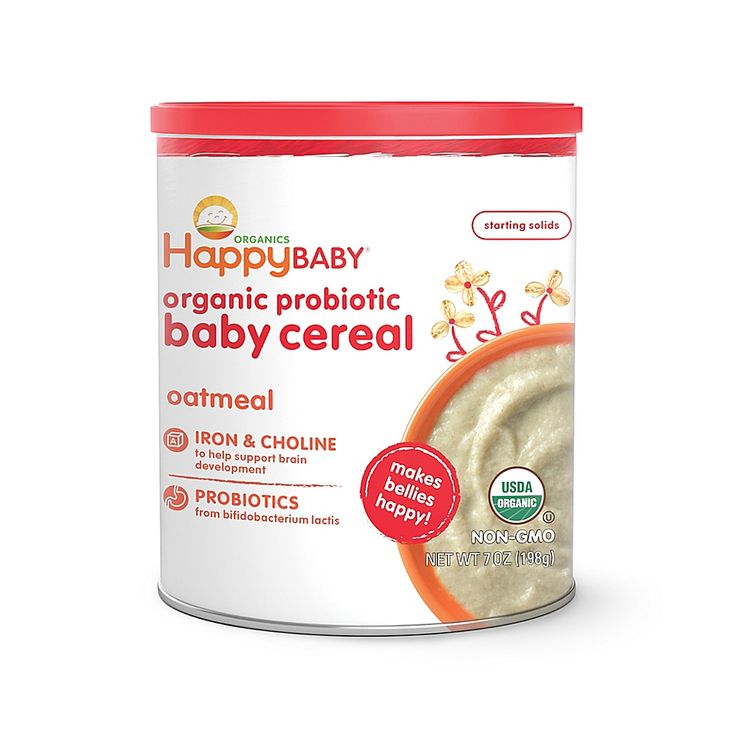
- Formula milk now comes with fortified DHA as manufacturers have realised the importance of DHA. There are some products specially designed for children aged 1 year and above and you could buy them after checking the label thoroughly.
Are DHA Supplements for Infants and Children Safe?
Numerous studies have covered the effects of DHA supplements on childhood development. Some research has proven that supplements have an effect on the behaviour and cognitive abilities of a child. DHA supplements administered to children with learning disabilities helped them in developing their mental capabilities to a certain extent. However, due to lack of research, DHA supplements are not recommended as a treatment for any condition in children. It is possible to achieve the needed intake by eating fatty fish, nuts and eggs in your diet. Discuss with your paediatrician about giving your kids DHA supplements and take his advice about the best DHA supplement for toddlers.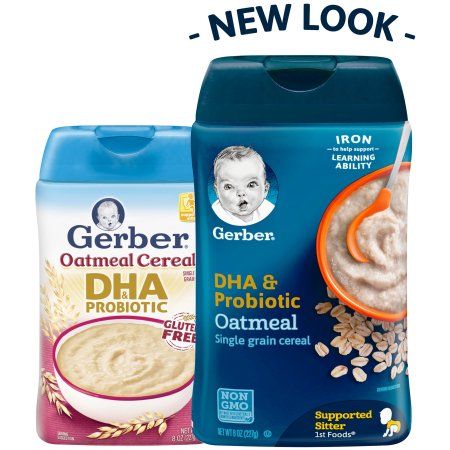
Precautions to Take while giving DHA Supplements to your Child
Mercury levels prevalent in seafood, when consumed in excess, could have an adverse effect on the cognitive development of a child. It is then that parents resort to DHA omega 3 supplements for kids. Supplements containing fish oil are purified and devoid of contaminating metals or minerals. However, small amounts of toxins may still be present. For breastfeeding babies, parents can buy DHA drops for infants in India. But, an excess of fish oil could lead to bleeding in children. So, it is mandatory that you seek consultation from the paediatrician before giving DHA supplements to determine the safe and effective dosage.
DHA is an important nutrient that fuels your baby’s optimal development. A well-balanced level of DHA has been linked to good retinal health and cognitive ability. The best way to include DHA in your child’s diet is to make every bite count by avoiding empty calories and choosing super-foods that will give your baby the necessary nutrition.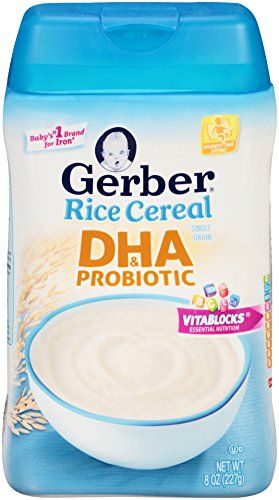
Also Read:
Advantage of Protein for kids
Is Protein Powder Safe for Kids?
Necessary Vitamin for Babies
DHA in Infant Formula | Store Brand Formula
Perrigo purchases Nestlé’s Gateway infant formula plant and acquires the U.S. and Canadian rights to Good Start® infant formula brand. Learn more
Enfamil recently launched a petition designed to encourage parents to buy formula with higher levels of DHA. The move was aimed at Similac, a competing brand that (according to Enfamil) sells formula with lower levels of DHA. Enfamil's public-relations stunt, held in New York City, gave moms and dads the opportunity to:
- Trade their new or used Similac container for Enfamil
- Sign Enfamil's petition, challenging Similac to raise DHA amounts in the products
- Learn more about the importance of DHA
Enfamil infant formulas include Infant, Gentlease®, and A.R.® (with added rice starch to reduce spit up.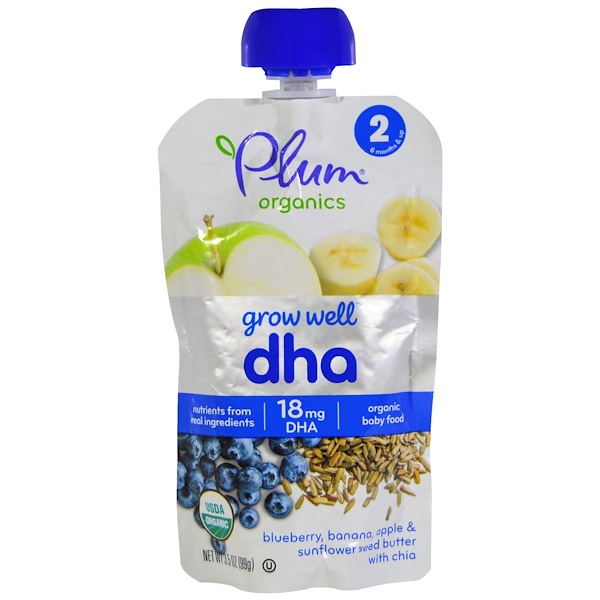 ) According to Enfamil, these products are formulated with expert recommended levels of DHA and ARA to support baby's brain and eye development.
) According to Enfamil, these products are formulated with expert recommended levels of DHA and ARA to support baby's brain and eye development.
DHA in Infant Formula
Most infant formulas on the market today contain the lipid DHA (docosahexaenoic acid), which is an essential omega-3 fatty acid for brain and eye development. Enfamil's website reads, "Shouldn't every baby get an expert-recommended amount of DHA?"
Enfamil also claims that it was the first brand to have DHA in its formulas 20 years ago and is the "only leading formula brand to provide DHA at an expert-recommended amount (0.32% of total fatty acids) in its infant formulas."
Store Brand Infant Formulas have the Same Expert-Recommended Levels of DHA
Store brand infant formulas contain the latest innovations in infant nutrition. These include ingredients that are not required by the U.S. Food and Drug Administration but are present in formulas because they occur naturally in breast milk. These innovations—which are found in nationally advertised formulas (Enfamil and Similac) and store brand formulas— include DHA, ARA, choline, lutein, nucleotides, and prebiotics and probiotics.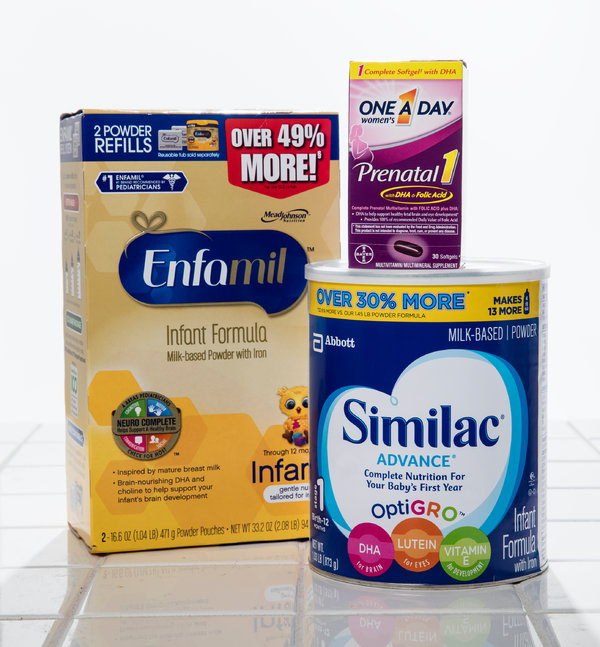
You can sign Enfamil's petition if you want, or you can compare a store brand formula sold at your favorite store to the nutrition of Enfamil products. Like Enfamil, leading retailers offer nutritionally comparable products with the same levels (0.32% of fatty acids) of DHA:
- Store Brand Infant Formula
- Store Brand Gentle® Formula
- Store Brand Added Rice Formula
All three of these formulas compare to the nutrition of Enfamil Infant, Enfamil Gentlease, and Enfamil A.R., and have the same expert-recommended amount of DHA as Enfamil.
Formula-Feeding Parents Will Appreciate the Price of Store Brand Formulas
We support bringing the best infant-feeding options to families, which is why Perrigo Nutrition partners with retail, grocery, and drug stores to provide moms and dads the best value when it comes to feeding baby.
Enfamil wants parents to know that Enfamil infant formulas include the expert-recommend amounts of DHA, whereas the competing brand Similac is failing to meet these amounts.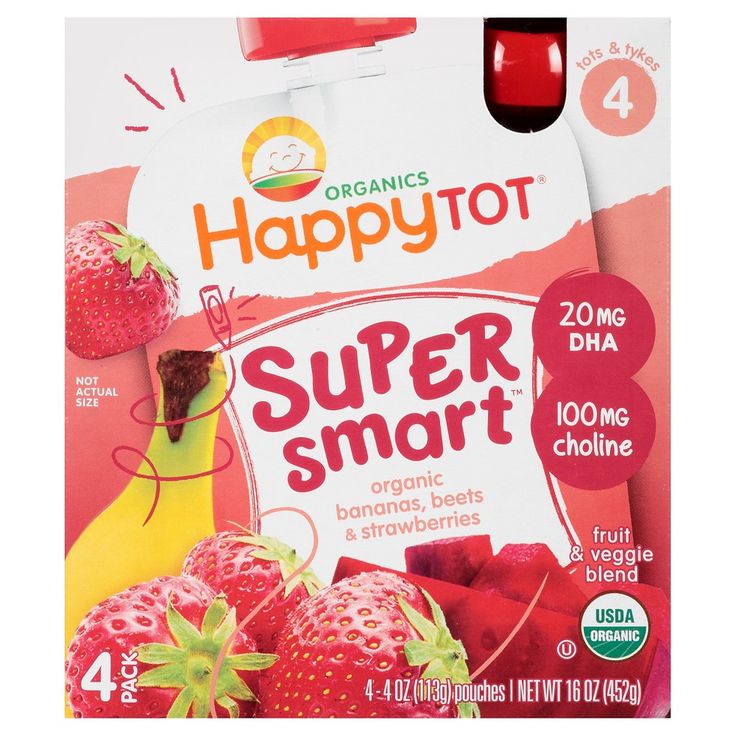
Store brand formulas meet the same expert-recommended amounts of DHA and cost less money. In fact, store brand infant formulas typically save families up to 50 percent versus Enfamil and Similac.** These savings can add up to $900 a year.**
Enfamil® is a registered trademark of Mead Johnson & Co. Similac® is a registered trademark of Abbott Laboratories. Store brand infant formulas are not made by or affiliated with Mead Johnson & Co., or Abbott Laboratories.
Enfamil Premium® is a registered trademark of Mead Johnson & Co. Store Brand Infant Formula is not made by or affiliated with Mead Johnson & Co.
Enfamil Premium® Gentlease® are registered trademarks of Mead Johnson & Co. Store Band Gentle® Infant Formula is not made by or affiliated with Mead Johnson & Co.
Enfamil A.R.® is a registered trademark of Mead Johnson & Co. Store brand Added Rice Starch Infant Formula is not made by or affiliated with Mead Johnson & Co.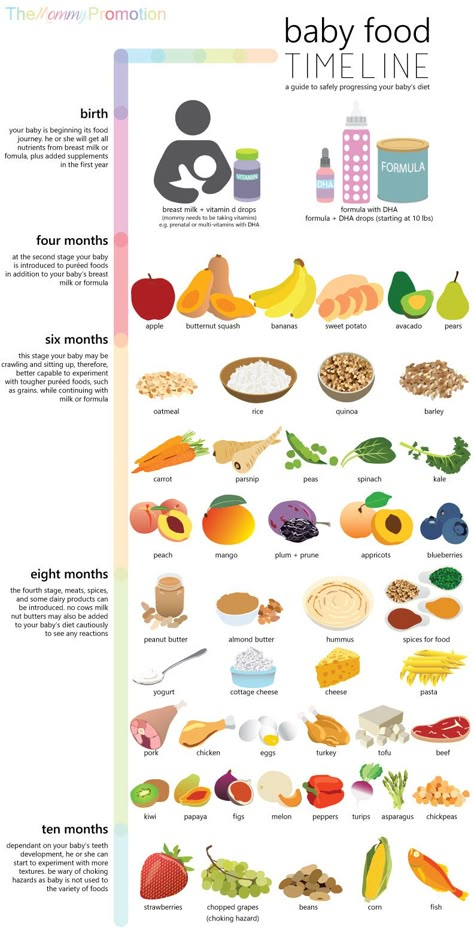 or Abbott Laboratories.
or Abbott Laboratories.
**Total savings with store brand infant formula calculations based on a price per fl oz comparison of store brand infant formulas and their comparable national brands. Retail prices are from a January 2020 retail price survey of assorted stores. Actual prices and savings may vary by store and location.
Fatty acids in infant formulas
— Polina Alexandrovna, what are fatty acids for and why are they important, in particular, for the development of the baby?
— The nutritional role of fatty acids is multifaceted. At their expense, the baby receives about 50% of the energy. In addition, fatty acids are part of the cell membranes of the myelin sheath of neurons ( cells of the nervous system ), which is formed during the first year of life. They also participate in the synthesis of various hormones, improve the absorption of vitamins.
For a child of the first year of life , the main source of fatty acids will be mother's milk or milk formula - there are not so many fatty acids in the first complementary foods from vegetables and cereals.
— What are the fatty acids in breast milk? Are they different from cow's milk fatty acids?
— Fatty acids are almost the main composition of mother's milk. Their total concentration averages 40-45 g / l, but may be slightly less or more. "Hinder" breast milk is richer in fatty acids than "forward" breast milk. In addition, lipids (fats) of human milk are 95% are represented by triglycerides , which are composed of fatty acids and glycerol.
Saturated and unsaturated fatty acids are isolated, their ratio is approximately the same. Cow's milk contains 25% less saturated fatty acids , so not only its protein, but also its fat composition differs significantly from that of breast milk.
Read also
- about the composition and properties of breast milk
— How do manufacturers adapt milk formula for fat content?
— Infant formula uses vegetable oils or milk fat, which also contains fatty acids. Every year, manufacturers have more and more technical capabilities and the results of numerous studies that allow improving the composition of the mixture.
Every year, manufacturers have more and more technical capabilities and the results of numerous studies that allow improving the composition of the mixture.
For example, we recently talked about palm oil. A few years ago, it was considered an excellent source of fatty acids for baby food. But, according to recent data, palm oil fatty acid itself differs from breast milk palmitic acid, which leads to poor absorption. Therefore, manufacturers are forced to look for alternative sources of fatty acids to palm oil in order to adapt the mixture not only in quantity but also in quality. It is important that the child not only receives the necessary substances from the mixture, but also absorbs them.
- Is it possible to understand the composition and amount of fatty acids from the description on the packaging of the infant formula?
— In mixtures registered in Russia and the Customs Union, the content of certain oils is permitted by law: all tests have been completed, the products are certified.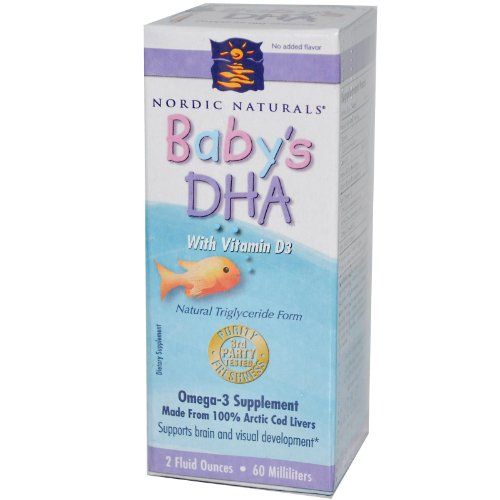 To find out the name and amount of fatty acids, just refer to the full composition of the milk formula on the back of the pack or can. On the front side, the manufacturer, as a rule, declares only two or three main components.
To find out the name and amount of fatty acids, just refer to the full composition of the milk formula on the back of the pack or can. On the front side, the manufacturer, as a rule, declares only two or three main components.
— Are fatty acids from vegetable oils, fish oils, and milk fat different?
- Fatty acids from different sources may be different in structure. For example, the amount of palmitic acid in palm oil is quite large - due to it, it would seem that it is easy to enrich the milk formula. But due to the different structure, the absorption of palmitic acid from palm oil by a child becomes quite difficult. Researchers say that such palmitic acid is not only poorly absorbed, but also forms insoluble calcium compounds in the intestinal lumen, which lead to constipation and the removal of calcium from the body. Therefore, the differences will be both quantitative and structural.
— Which vegetable oils should be avoided in baby food?
- Strictly prohibited and not used in baby food sesame and cottonseed oils . Strict restrictions do not apply to palm oil and rapeseed oil. But despite the fact that their use is permitted and regulated by technical regulations, due to the peculiarities of the perception of by the children's body, it is better to avoid palm and rapeseed products when choosing food for children.
Strict restrictions do not apply to palm oil and rapeseed oil. But despite the fact that their use is permitted and regulated by technical regulations, due to the peculiarities of the perception of by the children's body, it is better to avoid palm and rapeseed products when choosing food for children.
- Essential acids that the mixture cannot do without include linoleic and alpha-linolenic acid . Additionally, the manufacturer can make docosahexaenoic acid, arachidonic acid and eicosapentaenoic acid.
MAMAKO ® Premium infant formulas based on natural goat's milk do not contain palm oil. They include healthy fats, including linoleic and alpha-linolenic acids, omega-3 and omega-6 fatty acids (DHA and ARA). Palmitic acid in goat formulas is in a position where it is better absorbed, unlike palmitic acid from palm oil.
— Is it possible to give fatty acids to babies in the form of supplements, or is it less digestible this way?
- Children's supplements should be tested on children, but almost no one does such research.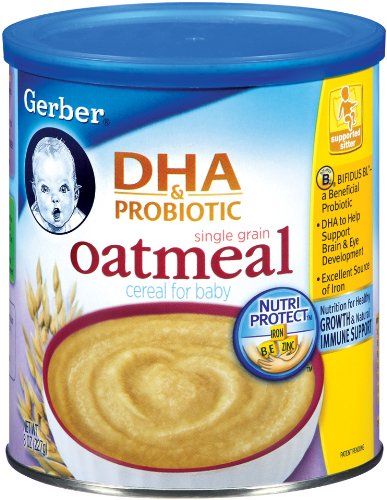 The question is also open about the form of release of the drug - it is quite difficult to give a child a capsule or fish oil. In addition, the process is not justified, because if the food is enriched with a sufficient amount of fatty acids, it is much easier to give it to a child than to look for drugs approved for small children separately. This is a difficult undertaking, which makes no sense to engage in if a good adapted mixture is selected.
The question is also open about the form of release of the drug - it is quite difficult to give a child a capsule or fish oil. In addition, the process is not justified, because if the food is enriched with a sufficient amount of fatty acids, it is much easier to give it to a child than to look for drugs approved for small children separately. This is a difficult undertaking, which makes no sense to engage in if a good adapted mixture is selected.
— Is there an intolerance to fatty acids?
— In my practice, such cases have not occurred, because fatty acids are not given as a supplement to young children. It is difficult to trace a specific reaction. Fatty acids are added to the milk mixture, which are found in breast milk and, therefore, are easily absorbed and tolerated by the child. The exception is palmitic acid of palm oil, but violent reactions of intolerance to such an acid have also not been identified.
— What are the symptoms of fatty acid deficiency in young children?
- A small child develops gradually, has its own characteristics, but it is impossible to ask him if he remembers information well (fatty acids affect intelligence).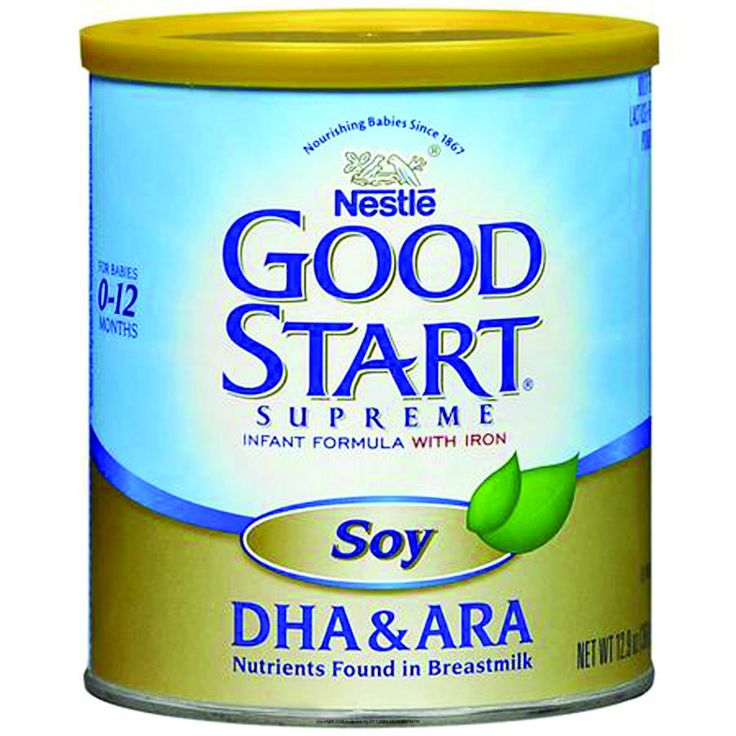 Therefore, there are no clear symptoms that would indicate a lack of a particular fatty acid. But given the knowledge in which processes fatty acids take part, certain signs may make you think about the lack of fatty acids in the baby's diet.
Therefore, there are no clear symptoms that would indicate a lack of a particular fatty acid. But given the knowledge in which processes fatty acids take part, certain signs may make you think about the lack of fatty acids in the baby's diet.
Indirect non-specific signs of fatty acid deficiency:
- immunosuppression and susceptibility to infections;
- lethargy, decreased activity;
- irritability and nervousness;
- blurred vision;
- deterioration of skin, hair, nails;
- growth retardation and mental development.
— What role do fatty acids play in the nursing and feeding of premature and small babies?
— Premature and underweight babies are at risk for the development of neurological diseases, visual impairment, because they do not have time to get all the necessary nutrients during the prenatal period of life. The nutrition of such children should be monitored especially carefully, and the more saturated with fatty acids the infant formula for them, the better .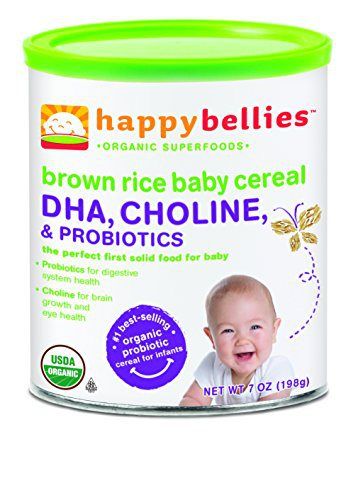
- "Baby milk" can give a one-year-old child the necessary amount of fatty acids?
- Baby milk is a mixture of the third stage, it also includes the milk drink MAMAKO ® 3 Premium. After one year of age, whole milk is still not allowed , so this mixture perfectly compensates for the lack of milk nutrition. It can be considered as an additional source of fatty acids. However, you should not count on the fact that the mixture in 1 year will cover one hundred percent of children's needs. With age, the needs of the child increase, and he must receive more and more fatty acids from adult food.
Fatty acids are the main source of energy for a small child. In addition, they play an important role in the development of the nervous system and immunity, the formation of vision and the absorption of vitamins. Therefore, the presence in the mixture of such additional fatty acids as arachidonic and docosahexaenoic acids enhances the beneficial effect of other nutritional components on the development of a newborn and a child up to a year old.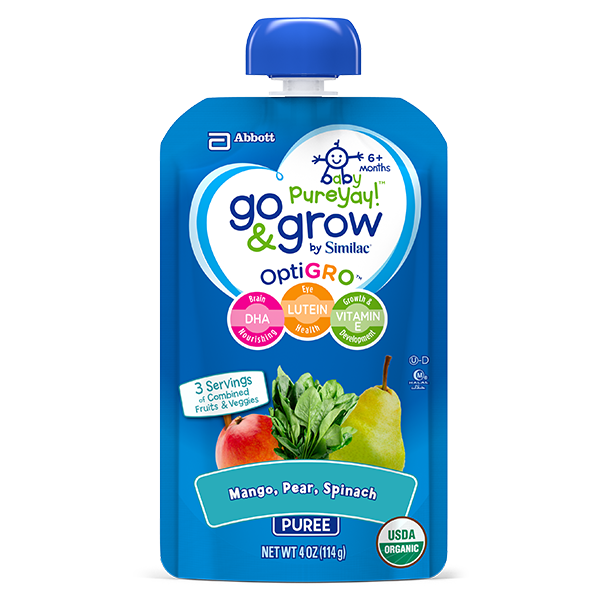
* Breast milk is the best food for babies. WHO recommends exclusive breastfeeding for the first 6 months of a child's life and continued breastfeeding after complementary foods are introduced until the age of 2 years. Before introducing new products into the baby's diet, you should consult with a specialist. The material is for informational purposes and cannot replace the advice of a healthcare professional. For feeding children from birth. The product is certified.
Fabimilk® 3 baby food | Fabimilk
Name: Children's nutrition Fabimilk 3
Weight Net: 400 g
Purpose: Milk growth for children from one year to three years to three years to three years to three years to three years to three years old 9000,000,0002 Products were manufactured and packed in the Nisaderlands in metal 400, 900 and 1700 grams according to EU packaging regulations
Complete nutrition fortified with alpha-lactalbumin, DHA and ARA, prebiotics, nucleotides, vitamins and minerals, with added dietary fiber
A child over the age of one has a greater need for nutrients, because..jpg) continues to grow rapidly, mastering new activities such as walking, orientation in space and new games. This process is simultaneously accompanied by the development of speech, cognitive activity and the formation of attention.
continues to grow rapidly, mastering new activities such as walking, orientation in space and new games. This process is simultaneously accompanied by the development of speech, cognitive activity and the formation of attention.
At the same time, the full development of the teeth and chewing apparatus takes place, which allows the introduction of solid food, which must be thoroughly chewed. The kid already knows how to chew, but quickly gets tired of such an unusual thing.
Due to the increasing physical activity of the child, his energy costs increase. Exploring the vast surrounding world saturates the child with impressions and can distract from food, help reduce appetite. Accordingly, on different days the baby eats an unequal amount of food.
This active period of a baby's life requires an adequate attitude to nutrition, which is different from feeding a baby in the first year of life. The food of children older than a year should contain the required amount of complete proteins, fats, carbohydrates, minerals, vitamins and trace elements. Only the variety of food consumed can satisfy the needs of a child of this age in all nutrients and energy.
Only the variety of food consumed can satisfy the needs of a child of this age in all nutrients and energy.
Why Fabimilk 3 is healthier than cow's milk
One of the main places in the nutrition of a child older than one year, as well as before this age, should be occupied by milk and dairy products. However, it must be remembered that the whole milk of animals has a different chemical composition than mother's milk. It contains 2 -3 times more calcium and phosphorus, and due to the high content of casein protein, it can create an excessive load on the child's kidneys . A low amount of unsaturated fatty acids, iodine, iron and some other minerals and vitamins is not able to fully meet the needs of a growing organism. Also, no one can guarantee the quality of purchased milk.
High-quality Fabimilk 3 baby milk helps to normalize the nutrition of a growing child, stimulating the appetite and providing the necessary nutrients and energy for growth.